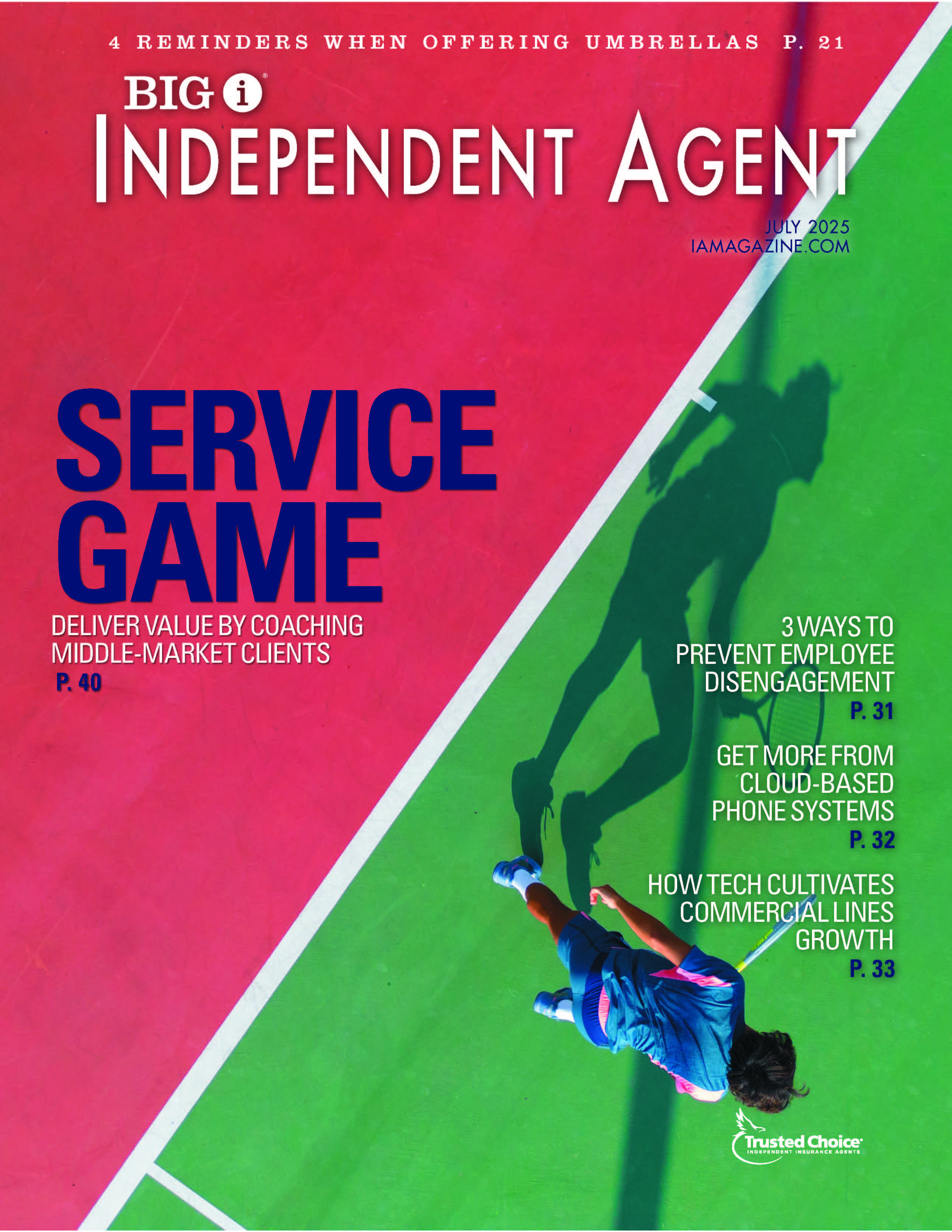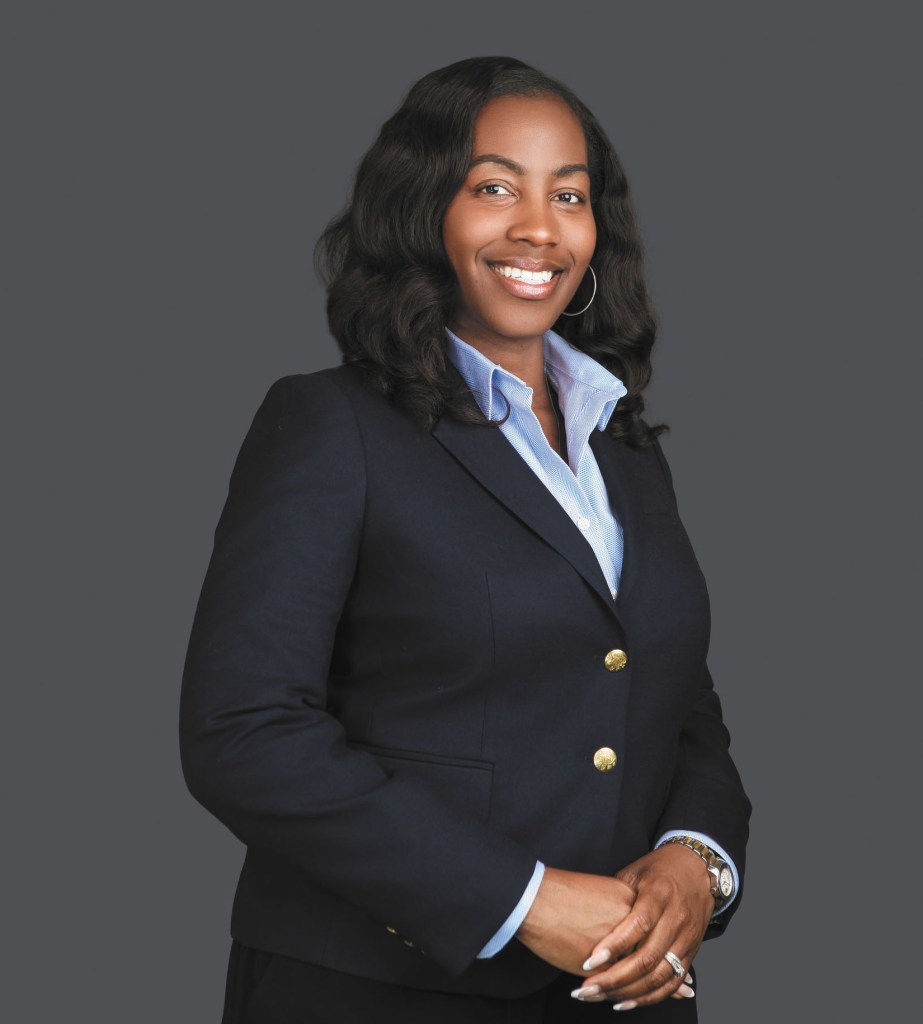Was 2019 a Turning Point for Commercial Auto?

By: Jacquelyn Connelly
In 2018, commercial auto losses increased for the fourth consecutive year, according to the National Association of Insurance Commissioners.
In second-quarter 2019, MarketScout reported that commercial auto insurance rates were up an average of +6%, while Willis Towers Watson reported significant price increases in the double digits for the fourth consecutive quarter.
In a sector that hasn’t had a combined ratio under 100 since 2010—when it hit 97.9, according to A.M. Best—carriers continue to struggle to achieve rate adequacy. “This still seems like a difficult line for companies to make money on,” says Doug Fairbanks, a commercial auto agent at Hartland Insurance Agency, Inc. in Hartland, Michigan, who cites a handful of commercial auto accounts that faced increases of 20% or more this year.
“There are times when I get quotes back and I think, ‘How can it be that much?’ It just doesn’t make sense—it’s a good risk, they’ve never had a claim, they’ve been around forever,” Fairbanks says. “How can it be $2,500 for a pickup?”
But believe it or not, the +6% average of second-quarter 2019 is actually down from +7% the previous quarter, according to MarketScout. “The market for commercial auto remains firm but improving, with frequency down a bit while severity continues to increase,” says Mike Miller, commercial lines business leader, Progressive Insurance. “We hear from our agents that the industry is still seeing healthy rate increases on renewals and tight underwriting.”
Miller also observes less activity in filed future rate take, which could be cause for optimism regarding rate stabilization as agents and insureds look ahead to 2020. “It’s still a hard market, but it feels like there have been some signs of capacity returning as we hear about new programs being developed for certain classes and segments,” he explains.
Why? The economy continues to thrive, which means many of the factors that impact frequency remain strong: low unemployment and miles driven, for example. But “the rate of change has slowed along with the economy cooling a bit,” Miller says. “Truck utilization and some of the other transportation indexes we track are positive but slowing—off the pace they were growing a year or so ago.”
Regardless of the rate forecast, however, commercial auto results are still showing the consequences of adverse loss reserve development. “The adverse development has been a component to the commercial auto market line running hot,” Miller explains. “Companies continue to watch the quality of their books and can non-renew risks with poor experience or behaviors. We don’t expect a lot to change until companies feel comfortable that they have the line under control.”
Several segments in particular remain more difficult to place than others, Miller warns, including new ventures, courier risks, towing and some livery segments. “There are also some states and regions which are certainly feeling the heat and lack of capacity more than others,” he adds.
In such a tough market, what can help make a commercial auto risk more attractive for underwriters? Keep an eye on Independent Agent magazine and upcoming editions of the Markets Pulse e-newsletter to find out.
Jacquelyn Connelly is former IA senior editor.










